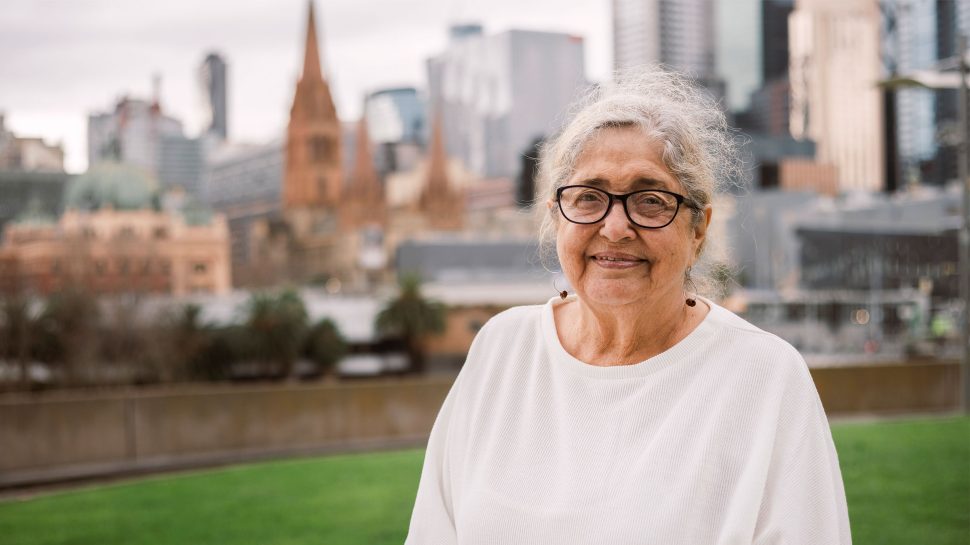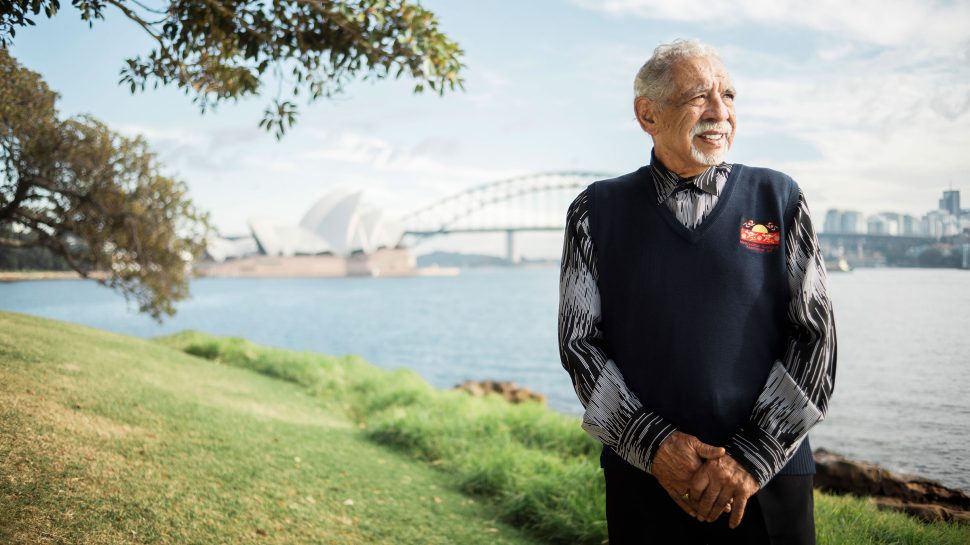The meaning of Meanjin: exploring the Traditional Place name of Brisbane
For Uncle Shannon Ruska — with Yuggera (yug-er-a), Turrbal (tur-a-bul), Quandamooka (quan-da-mook-a), Kabi Kabi (kubi-kubi) and Yugembeh (you-gum-bir) bloodlines — having all Australians use Brisbane’s Traditional Place name of Meanjin (meen-jn) is not just welcomed but celebrated.
Preserving the significance of Traditional Place names
For generations, Traditional Place names have held profound meaning for Indigenous communities around Australia - including Meanjin, the Traditional Place name for Brisbane.
As Uncle Shannon Ruska explains, “Meanjin holds deep, sacred, heartfelt knowledge for our people. It’s a point in the river which means ‘the spearhead’ in Yuggera Turrbal Country.”
This sacred location served as a focal point for trade and cultural exchange where communities would barter resources, such as spearheads and sought-after materials, like Gidgee (a hardwood), from distant Countries.
Traditional Place names often convey much more than just the physical features of the land.
“Aboriginal place names are more or less our old ‘suburb names’ for the area,” explains Uncle Shannon. “Along South Brisbane alone there’s about five or six place names that stretch from Kangaroo Point around to Carol Park at the bottom of West End. And each of those define animals, Dreamtime stories, even star depictions of the cosmos.”

Embracing the widespread use of Traditional Place names
To mark NAIDOC Week in November 2020, Australia Post updated the addressing guidelines to include Traditional Place names—a step forward in acknowledging and celebrating the long-lasting connection of Indigenous peoples to the land.
Following on from Gomeroi (guum-a-roy) woman Rachael McPhail championing the idea on social media, we have seen an outpouring of interest and support for the initiative from the public.
To build on this important initiative, Australia Post has created an empowering video on what Traditional Place names mean for Indigenous Peoples—in their own words.
The videos feature Indigenous Elders, like Uncle Shannon, as well as Indigenous community leaders and business owners, sharing and celebrating Indigenous language and inspiring everyone to use Traditional Place names.
For Uncle Shannon, the ability for all Australians to use Traditional Place names when addressing letters or parcels through Australia Post is an important step forward.
“Each of the names will help to educate the everyday Australian about First Nations culture,” said Uncle Shannon. “It’s a good point—a starting point—towards reconciliation.”
Spreading the word

For Amanda Hayman, proud Wakka Wakka (wuk-ka- wuk-ka)/Kalkadoon (kal-ka-doon) woman and co-owner of fashion label Magpie Goose located in Meanjin, the ability to use Traditional Place names on parcels and letters is a way for everyone to celebrate and support Indigenous peoples.
“We want to live in a country that honours and celebrates our First Peoples. Using Traditional Place names is one way to do that,” says Amanda.
As a social enterprise fashion label that collaborates with regional and remote Aboriginal communities to create wearable apparel pieces, using Traditional Place names is an extension of how Magpie Goose already celebrates and elevates Aboriginal and Torres Strait Islander peoples and culture.
“The Magpie Goose community are conscious consumers,” explains Amanda. “They care about sustainability and ethics. If they aren't mob themselves, they're great allies to Aboriginal and Torres Strait Islander peoples.”
“For this reason it's common for us to see our customers placing orders that include Aboriginal place names. And of course we use it on our labels all the time!”
Embrace your place: start using Traditional Place names on your parcels today
To find an area’s Traditional Place name, check the map on the AIATSIS website or get in touch with Aboriginal and Torres Strait Islander Land Councils or Cultural Centres in your area.
Using Traditional Place names
Using Traditional Place names
Here’s a handy guide to addressing mail and parcels with Traditional Place names.



